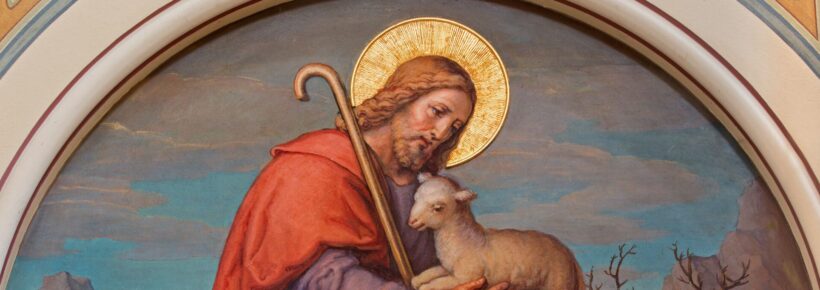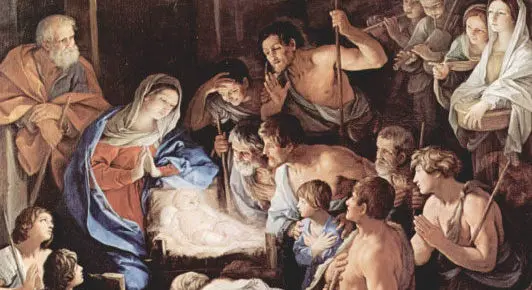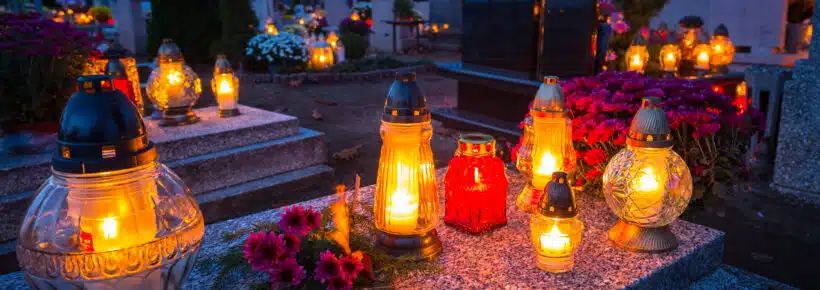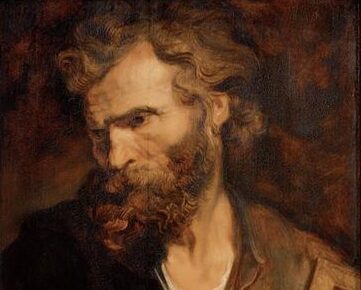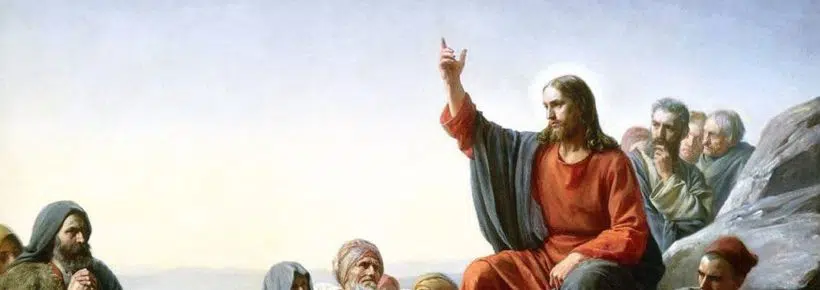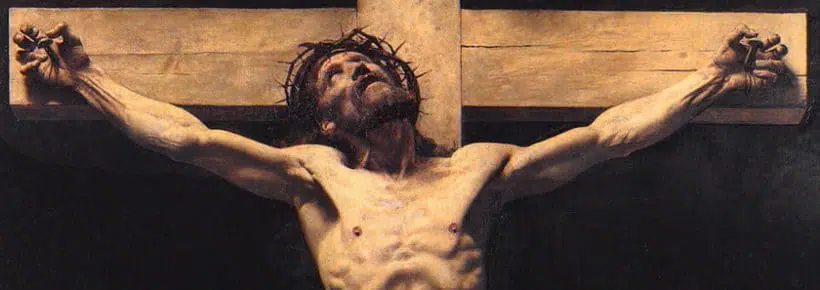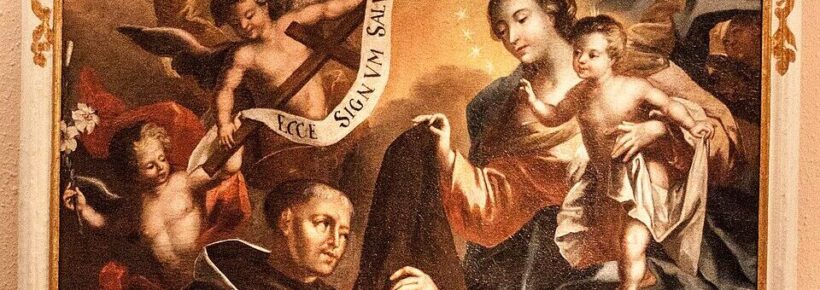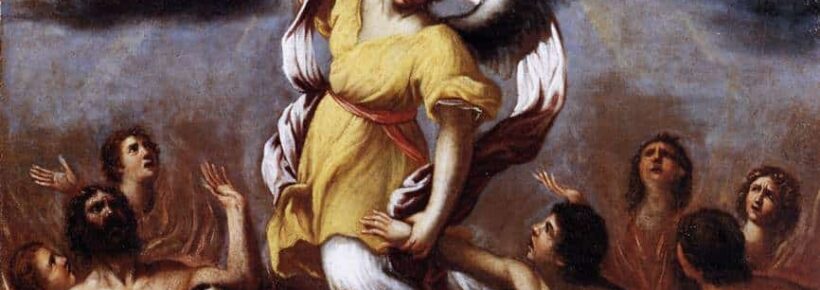The Tridentine Mass, more commonly referred to as the Traditional Latin Mass (or simply the TLM), has been practiced and loved worldwide for centuries. It is the same Mass that saints such as Padre Pio, Blessed Miguel Pro, Thomas Beckett, John Bosco, Therese of Lisieux, the Forty Martyrs of England and Wales, and countless others have loved and celebrated. The Latin Mas has inspired and formed many generations throughout the centuries.
Those who attend the Latin Mass regularly are often attracted to the connection with saints of past generations. There is something powerful about participating in the same liturgy, which has been celebrated since the year 600. Many are attracted to the reverence, the focus on the Eucharist as the True Presence, and the focus on deep mental prayer, Adoration, contrition, thanksgiving, and petition.
Like other Rites, the Latin Mass has certain elements it emphasizes. The TLM, for many, focuses on the Sacred Mysteries and has a feeling of timelessness and of being a small foretaste of Heaven. Between the bells, incense, meditative prayers, solemn reverence, and the beauty of the churches and vestments, one cannot help but lift one’s heart to God in prayer and awe and feel as if the angels themselves are partaking in the worship. For countless Latin Mass goers, the TLM has transformed their faith completely – sometimes it was what converted them to Catholicism, or what brought them back to the faith. For others, it has served to deepen their faith and love of God, as well as inspire a holy reverence for the Eucharist.
But what exactly is the Traditional Latin Mass? And how does it differ from the vernacular Mass, or the Novus Ordo?
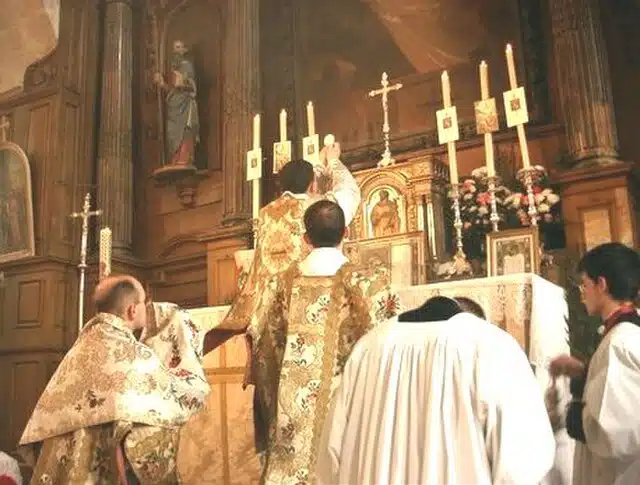
For newcomers, there are some immediately recognizable differences between the Latin Mass and the Novus Ordo Mass. First, the priest faces the altar, or ad orientum, as opposed to facing the people, or versus populum. This is a sign that the priest is focused on the Eucharist and is leading the people to God and interceding to Him for them. Secondly, only males serve at Mass at the TLM, mirroring the priesthood which is reserved for men. Girls and women who wish to participate in the Sacred Mysteries often do so by singing in the choir, which praises God and helps the congregation pray. Third, Communion is received kneeling and on the tongue, which was the traditional way to receive the Eucharist. Also, only the Divine Species in the form of Bread is distributed to the people, as opposed to offering Communion in the forms of both Bread and Wine. This is because both forms fully contain the Body, Blood, Soul and Divinity of Christ, so receiving only one form is necessary to receive the fullness of Christ. By only offering Communion in the form of Bread, the Latin liturgy encourages belief in the True Presence.
There are also significant differences in the celebration of the Mass itself – if you click this link, you can find a side-by-side comparison of the Latin Mass and the Novus Ordo missals. The Latin Mass contains more prayers than are present in the Novus Ordo.
Elements of the Traditional Latin Mass go back to the time of the Apostles. Latin became the official language of the Catholic church, replacing Greek, in the 2nd century AD. This language change affected how the Mass was celebrated. The Latin liturgy emerged around the 600s and was codified by St. Gregory the Great (who also organized chanted prayers and Scripture, now known as Gregorian chant, which is sung at High Masses).
In the mid-to late-1500s, the Council of Trent was convened in response to the Protestant revolution. From this Council, the Tridentine Mass was approved, and Pope Pius V wrote “Quo Primum,” which approved and encouraged the Latin Mass to be celebrated.
It wasn’t until the 1960s, after Vatican II, that the vernacular Mass was approved and spread throughout the world. The liturgical calendar for the vernacular Mass was also simplified – feast days were moved or replaced, and periods such as Ember Days, Septuagesima, and the Time after Epiphany and the Time after Pentecost were removed.
The Latin Mass was also developed during this time. The liturgies, especially those of major feasts such as Easter or Christmas, were shortened as certain prayers and rituals were removed.
The Latin Mass celebrated today follows the 1962 Roman Missal, and it is celebrated exclusively by some orders of priests, such as the Institute of Christ the King Sovereign Priest (ICKSP), or the Fraternity of St. Peter (FSSP). Both the ICKSP and the FSSP have parishes across the nation and around the world. Certain dioceses also allow the TLM to be celebrated in diocesan parishes.
The TLM is, sadly, rather controversial today. Many consider the Latin Mass outdated and its attendees judgmental and cold. While there have unfortunately been bad examples within these communities, those who spend time in Latin Mass parishes will easily find the vast majority are joyful families. Many of these families are passionate about their faith and their worship and are happy to spread the beauty of the faith that they themselves have found in the Latin Mass.
As Summorum Pontificum by Pope Benedict XVI states, “What earlier generations held as sacred, remains sacred and great for us too, and it cannot be all of a sudden entirely forbidden or even considered harmful. It behooves all of us to preserve the riches which have developed in the Church’s faith and prayer, and to give them their proper place.”
Discover the Latin Mass and what about it attracts so many young people today through the three Mass of the Ages episodes:
Related Content
Marisa Cantu has a master's in political science and international affairs and a bachelor's in political science and has also studied international studies and French. She has a strong background in nonprofit work, research, writing, and policy proposal and analysis. She has written multiple articles on living the Catholic faith in everyday life, Catholic family life, devotions and prayers, and Catholic teachings.


